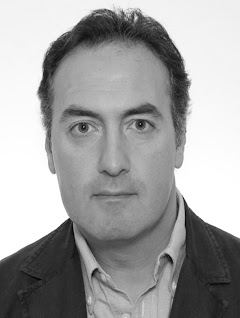Beat
I usually cover politics, entertainment, general news, international sporting events and stories from the Vatican, including Pope Francis' international trips.
One Shot

“I don’t have a particular favourite image, but I love this picture taken in a metro station in Rome during a strike. I really like people’s faces when you take a picture, and I especially love group portraits. In this photo, at the moment the train stopped in front of me, there were only women at the window and almost all of them were looking right into my lens. Above, there was a sign reading: “Out of service” – the main substance of the story. It is not an important picture, but I like it.”
Profile
My earliest memory of photography is from when I was 8 years old and played at being a photographer with my friends. We used a camera made of Lego bricks.
I taught myself photography, reading all the books of Ansel Adams and then focusing my attention on the works of major international photojournalists.
My first assignment for Reuters was in 1992 in Sicily. There was a big mafia war going on there, and a judge named Giovanni Falcone, his wife and three security men were killed in a bomb attack.
I have covered a lot of interesting stories but I think the biggest mark was left by the soccer World Cup in Germany in 2006. I was following the Italian team and, match by match, I photographed them until the final, where in the end Italy won. It was a great professional experience to work during the final of one of the biggest sporting events in the world and among the best sports photographers. As an Italian I was really happy about the victory and I came back to Italy on the same flight as the team and the World Cup trophy.
I love my job because every day is different and our pictures are used by so many different media outlets, seen by thousands of people all over the world. The audience is made up of both experts and ordinary people, who I try to inform through simplicity.
Never lose your concentration during a shoot, even if you have to wait for a long time.
I respect the people who I take pictures of; I don’t want them to feel violated by my camera. I respect their privacy as much as possible. I also respect my colleagues who risk their lives to document the reality and the cruelty of war.
Behind the Scenes


